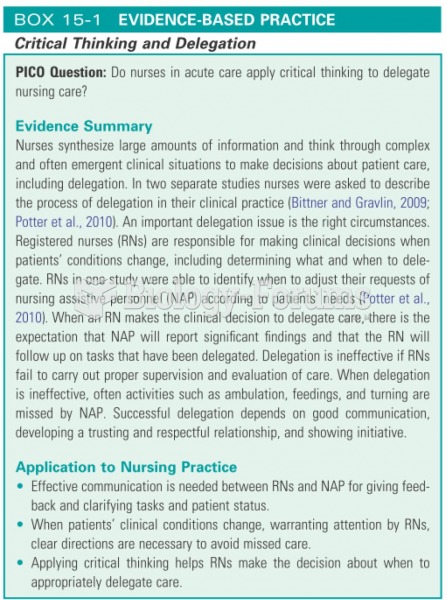|
|
|
More than 150,000 Americans killed by cardiovascular disease are younger than the age of 65 years.
Hypertension is a silent killer because it is deadly and has no significant early symptoms. The danger from hypertension is the extra load on the heart, which can lead to hypertensive heart disease and kidney damage. This occurs without any major symptoms until the high blood pressure becomes extreme. Regular blood pressure checks are an important method of catching hypertension before it can kill you.
There are more sensory neurons in the tongue than in any other part of the body.
About 100 new prescription or over-the-counter drugs come into the U.S. market every year.
Increased intake of vitamin D has been shown to reduce fractures up to 25% in older people.







